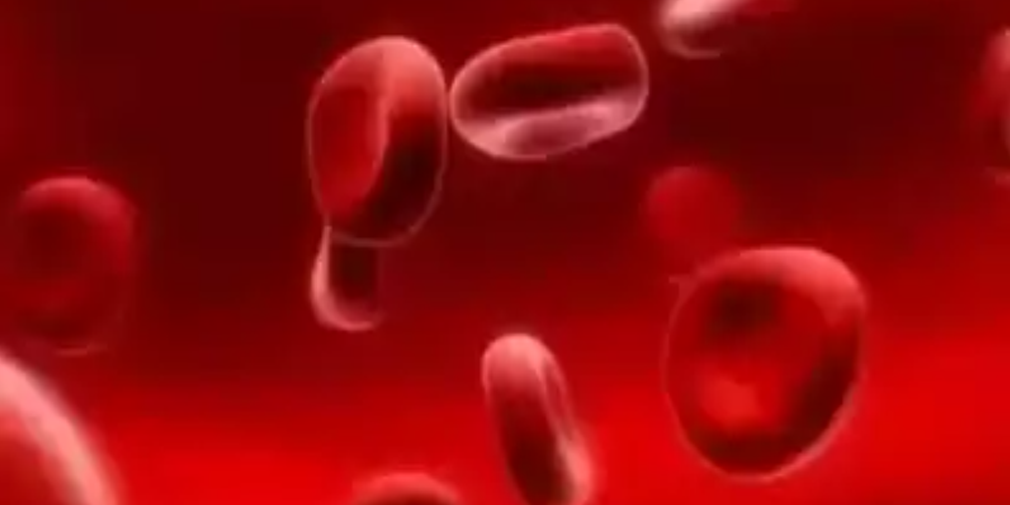Goa boy’s rarest blood disorder may be identified as disability

POSTED
October 26, 2022
SHARE VIA
PANAJI: Unexplained red and purple bruises began appearing on Jacob Fernandes’ (named changed) body when he was still a toddler. At age two, after several rounds of hospitals and laboratories, Jacob was diagnosed with the rarest of disorders, Glanzmann’s Thrombasthenia, which causes the patient to bleed easily, sometimes for days. Only 500 cases of Glanzmann’s Thrombasthenia are recorded worldwide, and the number of cases in India is not yet known. Jacob’s case could now help the disorder to be identified in India as a disability for the crippling effect it has on the life of those affected.
The Goa state disabilities commissioner has written to the central disabilities commission to note Glanzmann’s Thrombasthenia as a disability so those affected across the country can also seek benefits of various programs for the disabled. “It is the rarest of disorders, being rare even across the world, with one in a million detected with it. In many rural areas of India, there must be others with the disorder, but it may not even be detected due to a lack of awareness. We will continue to pursue the matter with the central commission. People affected across India will be able to benefit from the notification,” said state disabilities commissioner Guruprasad Pawaskar.
In December 2020, Goa Medical College (GMC) certified Jacob’s (now aged 4) condition as Glanzmann’s Thrombasthenia, a rare congenital bleeding disorder wherein the function of platelets is deranged. The child bleeds very easily on the slightest of trauma. The head of the department of pediatrics has also certified that “this bleeding disorder does not come under the purview of the disabilities act as hemophilia does.”
“Like many disabled children, Jacob has to be provided with a shadow teacher or caretaker in school to ensure that he does not fall or bruise himself, which will mean days of hospitalization. While disabled children get benefits for such caretaking, we have to spend from our pockets, which we find tough as a family already struggling with finances,” said his mother, Sabina.
The journey toward diagnosis wasn’t easy either.
“At first, doctors gave him allergy medicines at age one when the red and purple spots began appearing on his body. But at age two, in March 2020, Jacob bit his tongue while chewing a piece of chocolate. His tongue would not stop bleeding for almost three days, with even doctors at Goa Medical College struggling to treat him without a diagnosis,” said Sabina.
Finally, a blood test by a laboratory in Bengaluru detected the disorder.
“l went back to GMC, and I was told to seek benefits from the social welfare department, but we found that this disorder was not on the list of disabilities. At the time of school admission, we found that institutes did not want to take responsibility for a child with such a bleeding condition. Even now, he has to stay away from other children for fear of bleeding. He cannot lead a normal life. At least if we get financial assistance, we can pay for his shadow teacher and other facilities to make his life a bit easier,” Sabina said.